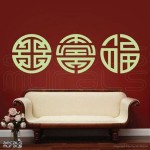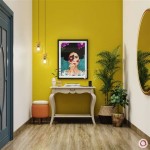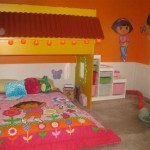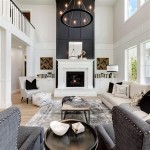Indoor Home Decoration Design: Transforming Your Living Spaces
Indoor home decoration encompasses the art and science of enhancing the aesthetic appeal and functionality of your living spaces. It's a multifaceted process that involves careful consideration of various elements like color palettes, furniture arrangement, lighting, and accessories. This article aims to provide a comprehensive guide to indoor home decoration design, offering practical tips and insights to help you transform your home into a stylish and inviting sanctuary.
Understanding Your Design Style
The first step in any successful home decoration project is to define your design style. Design styles are like fingerprints, unique and indicative of individual preferences. Some popular styles include:
- Modern: Clean lines, minimalist furniture, neutral color palettes, and a focus on functionality.
- Contemporary: Similar to modern but with a greater emphasis on bold colors, geometric patterns, and innovative materials.
- Traditional: Classic elements like ornate furniture, rich fabrics, and muted color palettes.
- Bohemian: Eclectic mix of textures, patterns, and colors, often inspired by global cultures.
- Scandinavian: Light and airy spaces, natural materials, minimalist furniture, and a focus on functionality.
Identifying your preferred style will serve as a guiding principle for all your design decisions, ensuring a cohesive and aesthetically pleasing outcome.
Creating a Functional Layout
Once you have a clear understanding of your design style, it's time to focus on functionality. Consider how you use each space and design accordingly.
- Traffic flow: Ensure clear and comfortable pathways for movement within the room. Avoid placing furniture in a way that creates congestion.
- Furniture placement: Consider the size of the furniture and the room's dimensions for optimal placement. Don't overcrowd the space.
- Focal point: Every room needs a focal point – a visually dominant feature that draws attention. This could be a fireplace, a statement artwork, or a large window with stunning views.
A well-planned layout not only enhances the room's aesthetics but also improves usability and overall flow.
Color Palettes and Textures
Colors play a crucial role in shaping the mood and atmosphere of a space. When choosing a color palette, consider the following:
- Room size: Lighter colors can make a small room appear larger, while darker colors can create a sense of intimacy in a larger space.
- Natural light: Consider the amount of natural light the room receives. Darker colors can absorb light, making the room feel smaller and less inviting.
- Personal preferences: Ultimately, your color choices should reflect your personal style and evoke a sense of comfort and well-being.
Textures add depth and dimension to your design. Use a variety of textures to create visual interest and contrast. For example, a plush rug can complement a sleek leather sofa, while textured throw pillows add a touch of warmth to a minimalist space.
Lighting: More Than Just Illumination
Lighting is a crucial element in indoor home decoration design. It not only illuminates the space but also affects the mood and atmosphere.
- Ambient lighting: Provides overall illumination for the room. This can be achieved with ceiling lights or floor lamps.
- Task lighting: Designed for specific tasks, such as reading or preparing food. Table lamps, desk lamps, and under-cabinet lights serve this purpose.
- Accent lighting: Highlights specific features, such as artwork, sculptures, or architectural details. Track lighting, spotlights, and wall sconces are popular options.
Layering different types of lighting creates a dynamic visual experience and enhances the functionality of your space.
Incorporating Accessories
Accessories are the finishing touches that truly personalize your home. They add character, color, and personality to a space. Some popular decorative accessories include:
- Artwork: Paintings, prints, photographs, and sculptures can be used to express your taste and enhance the room's aesthetic appeal.
- Vases and floral arrangements: Bring life and color to a room. Choose flowers that complement your color palette and style.
- Throws and pillows: Add texture and comfort to seating areas. Choose colors and patterns that complement your existing furniture.
- Mirrors: Create the illusion of more space and reflect light, making the room feel brighter.
When incorporating accessories, remember to maintain a sense of balance and avoid overwhelming the space. Allow your personal style to shine through in your selections.
Indoor home decoration design is an ongoing process. Experiment, play with different elements, and don't be afraid to make mistakes. The most important thing is to create a space that reflects your individuality and brings you joy.

13 Creative Home Decor Ideas Design Cafe

Home Interior Design Ideas Blog Designcafe

77 Best Living Room Decor Ideas 2025 Unique

Home Decorating Ideas Interior Design

10 N Interior Design Tips To Add Some Desi Drama Your Home
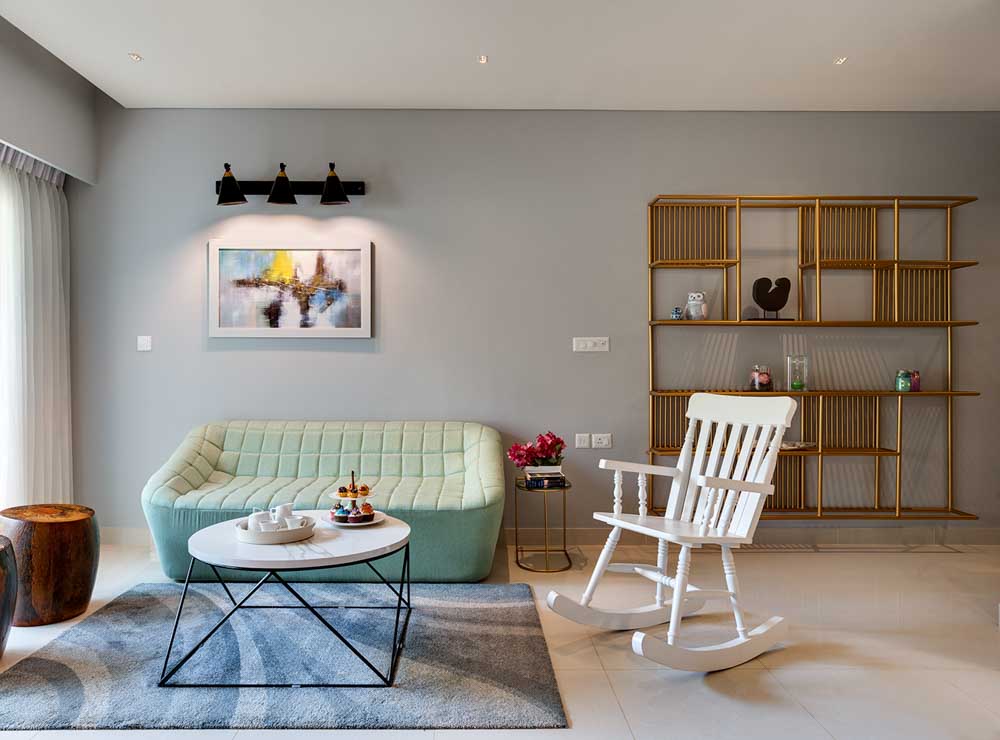
9 Small House Interior Design S To Try Beautiful Homes

90 Clever Home Decor Ideas That Designers Swear By

32 Small House Interior Design Ideas How To Decorate A Space

Budget Friendly Home Decor Ideas The Business Standard

Drawing Room Interior Design Ideas Blog Designcafe
